INSIGHTS
PRESS RELEASES
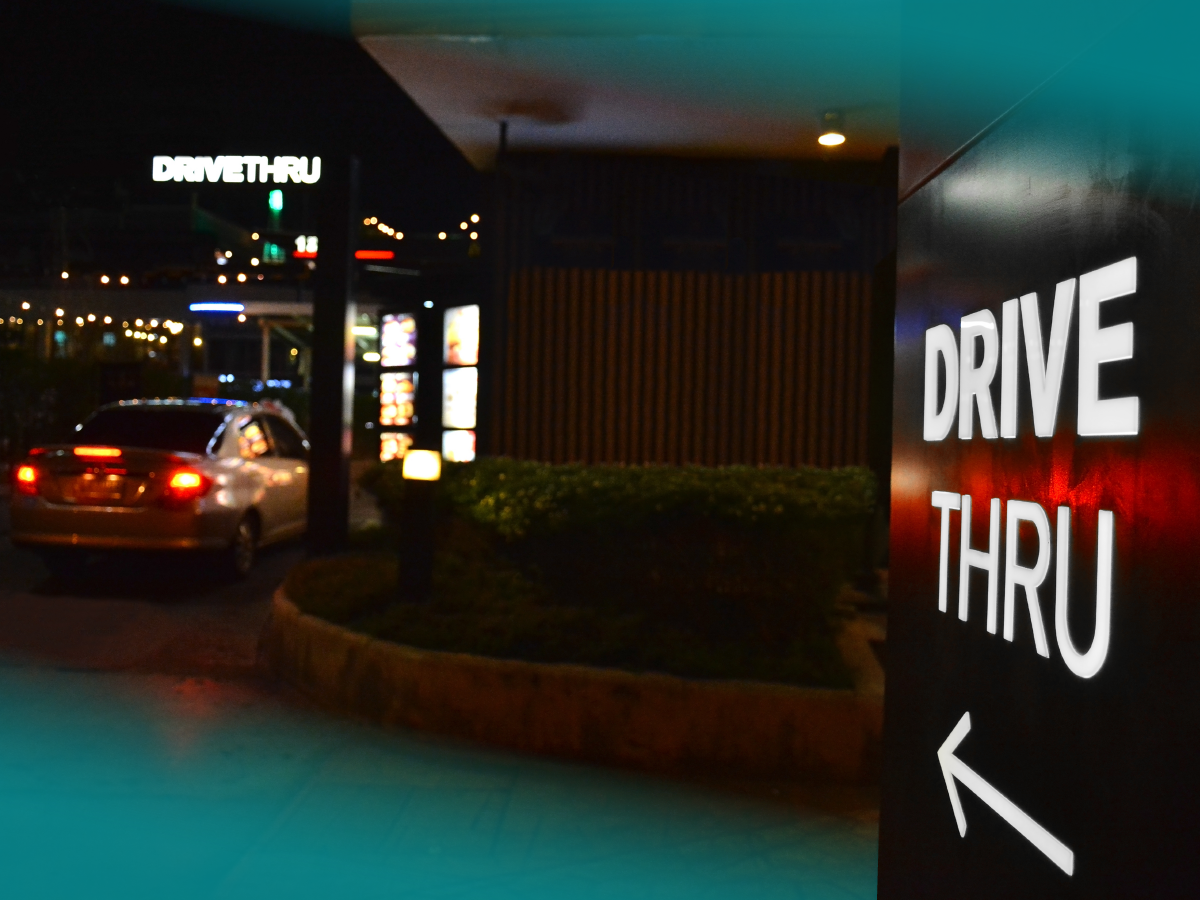
AccuStore Integrates With Leading Point-of-Sale Platforms
April 18, 2024
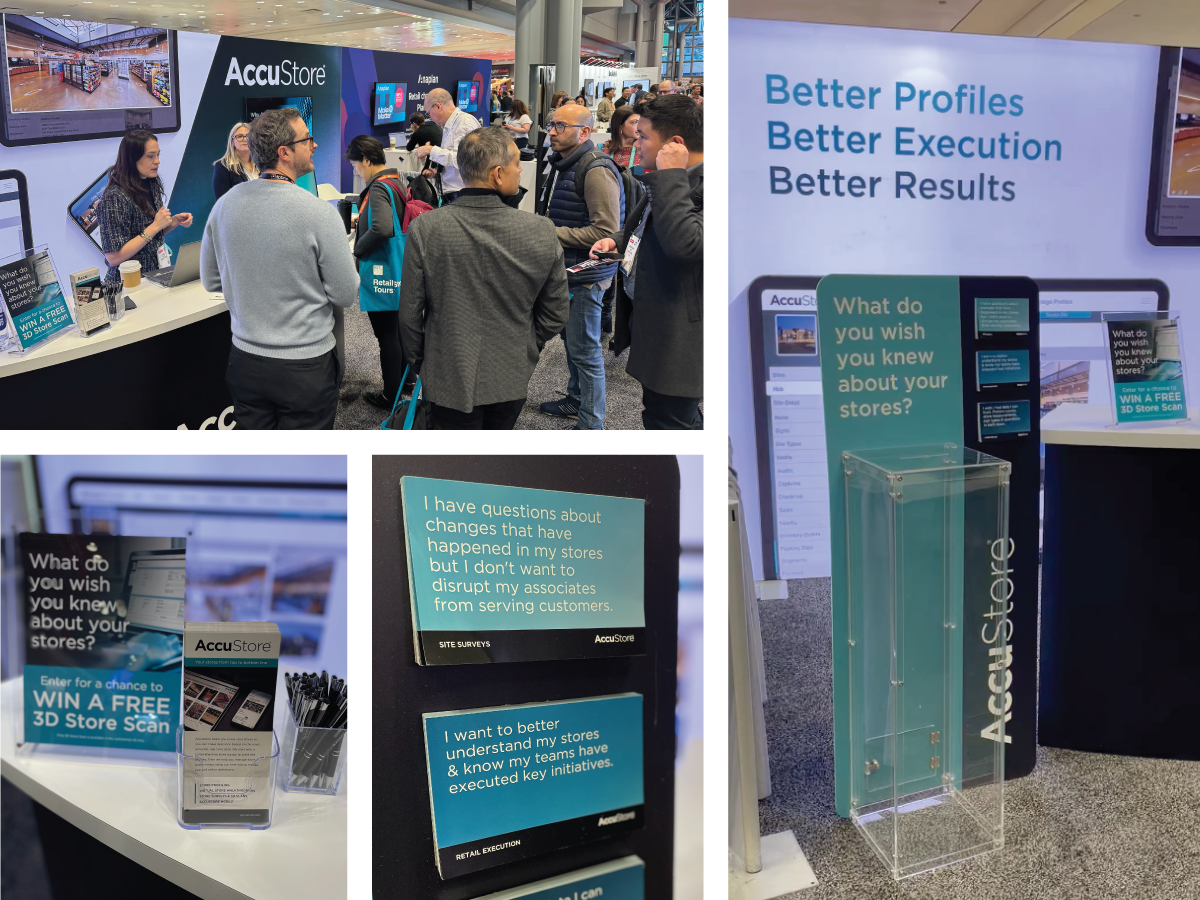
Hudson Group Wins AccuStore Scan in NRF Booth
February 22, 2024
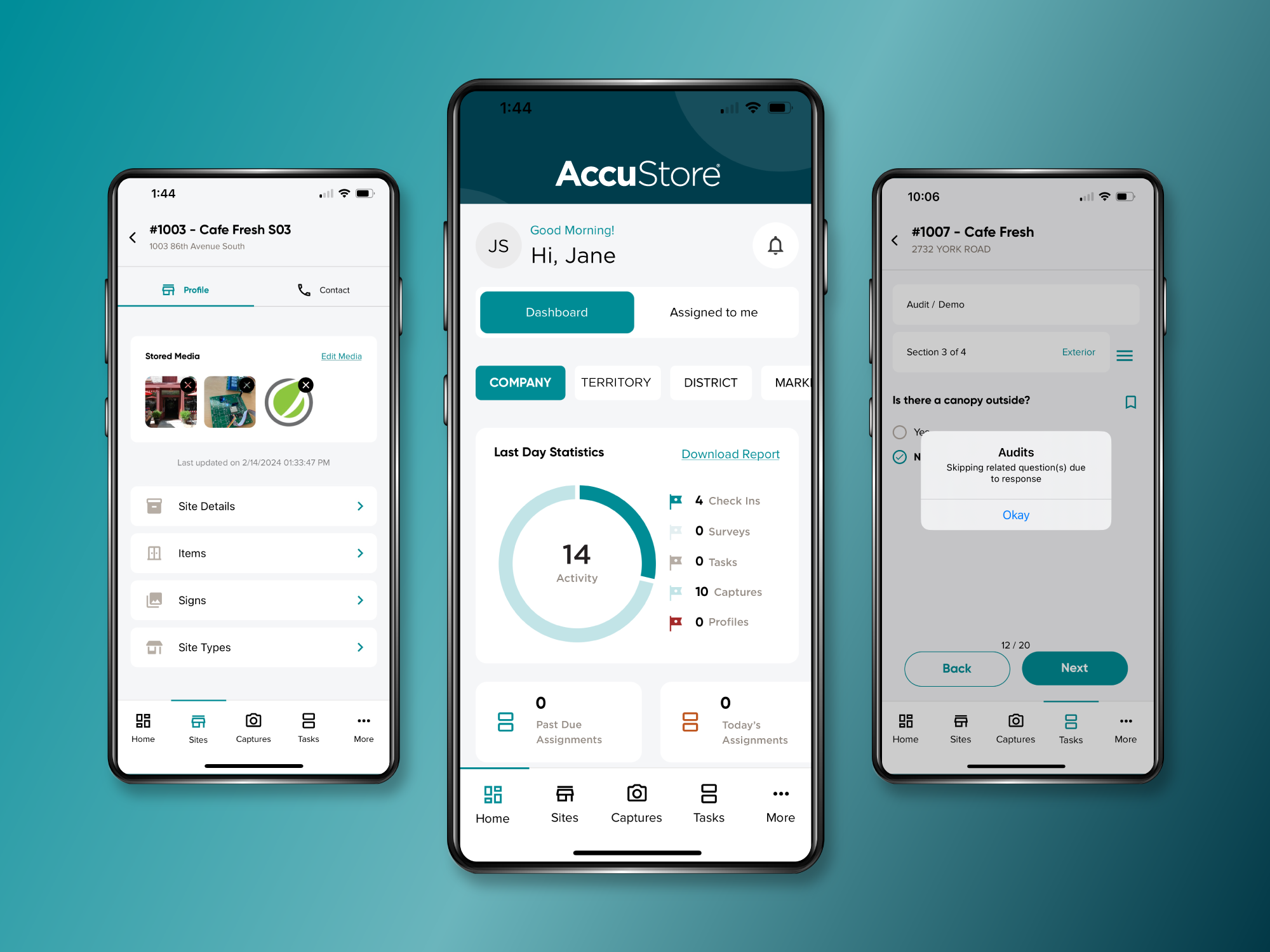
Retail Marketing App AccuStore 6 Now Ready for Retailers
February 15, 2024
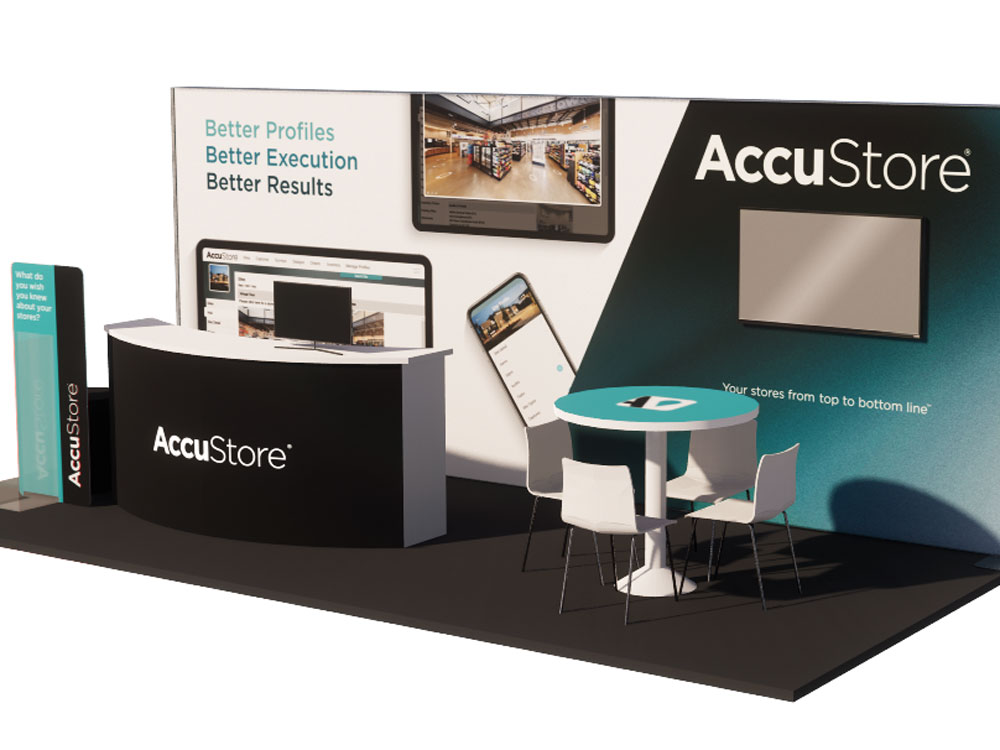
AccuStore Brings Updated Surveys & App to NRF Big Show
December 19, 2023

AccuStore to Show Site Intelligence at NextPoint 2023
September 29, 2023

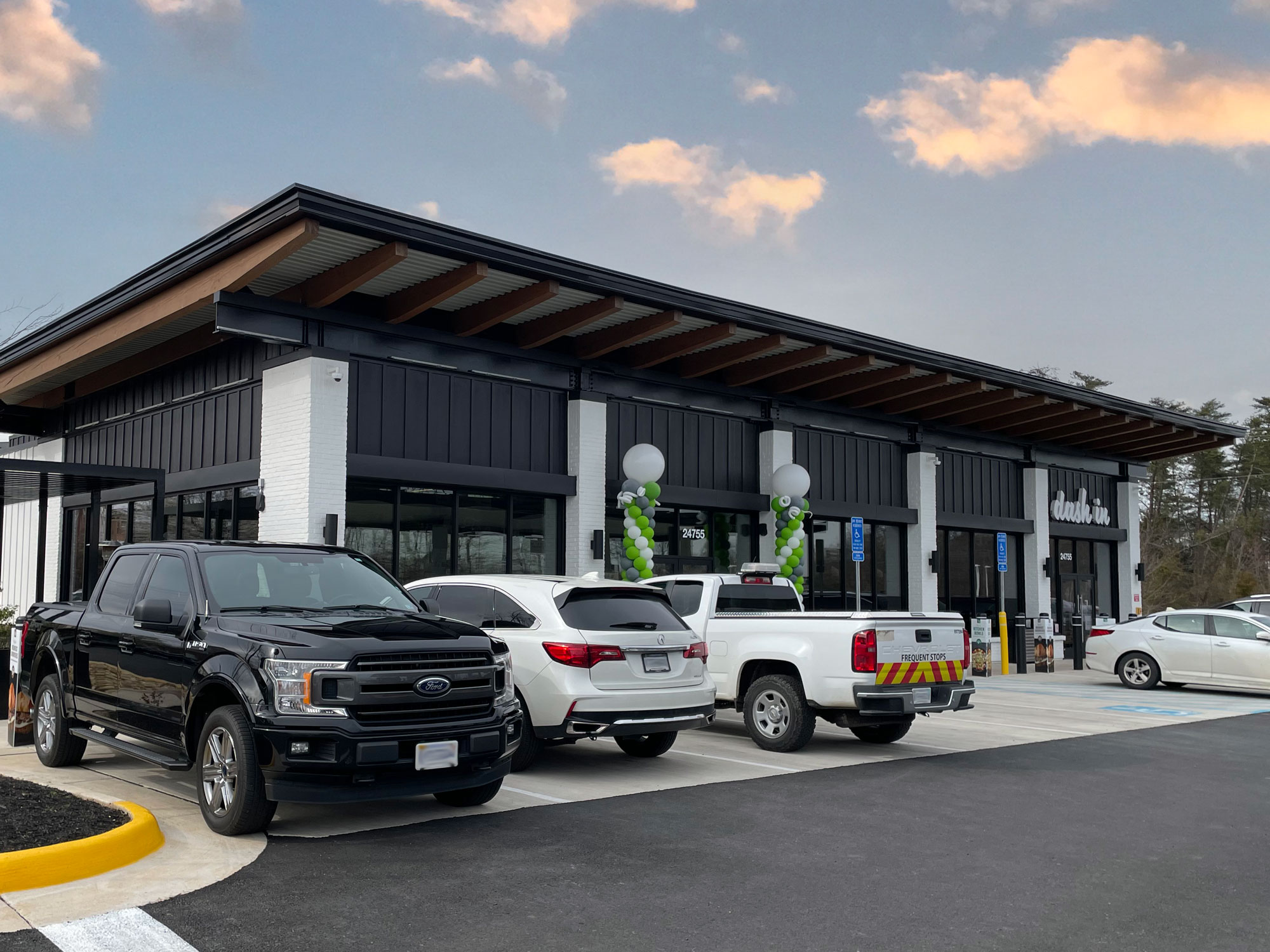
AccuStore Selected by Dash In for Retail Marketing
August 8, 2023
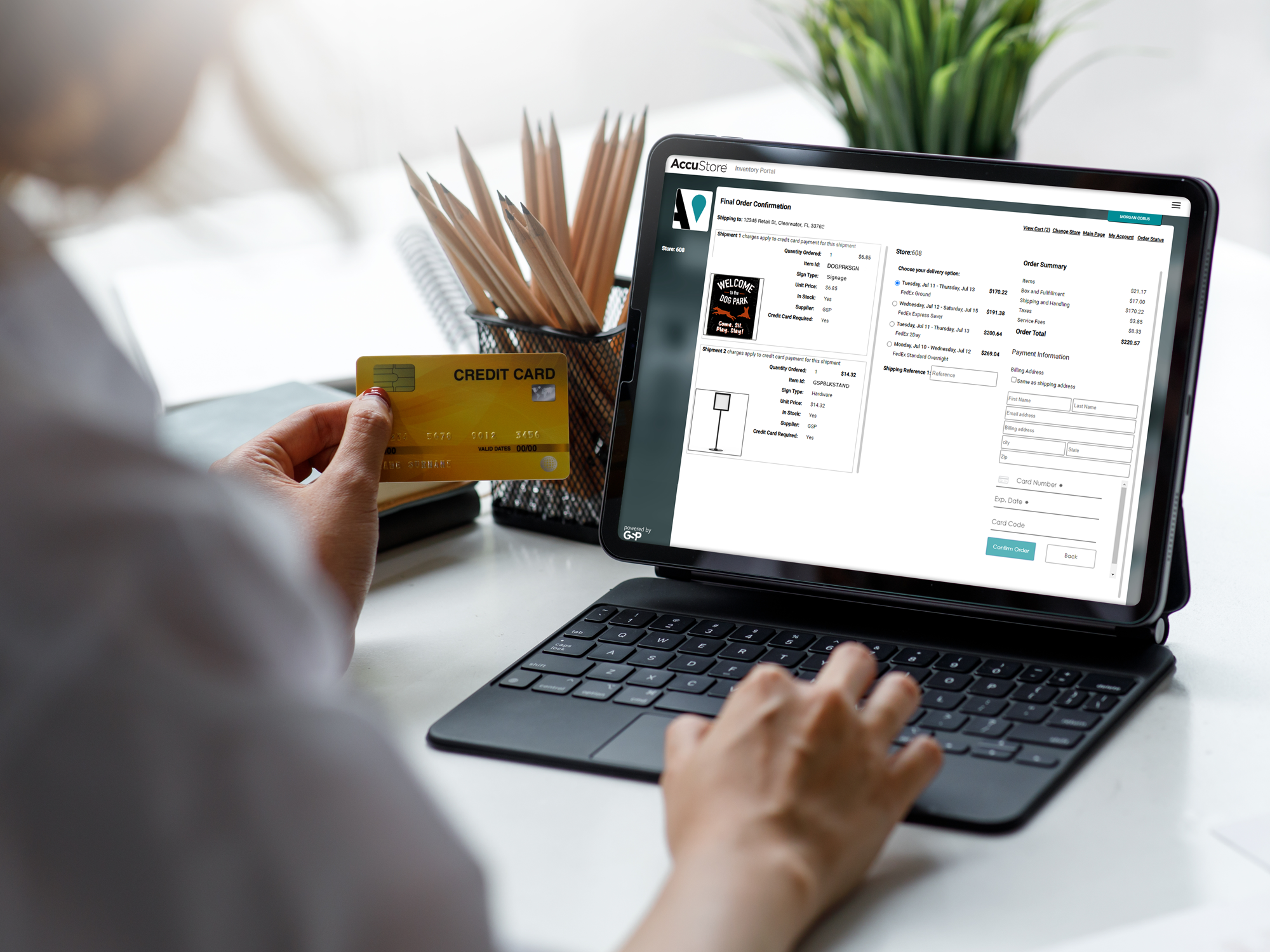
AccuStore Automates Support for Franchise Networks
July 12, 2023

GSP’s AccuStore Promotes Autumn Welch, Jamie Banks
June 6, 2023
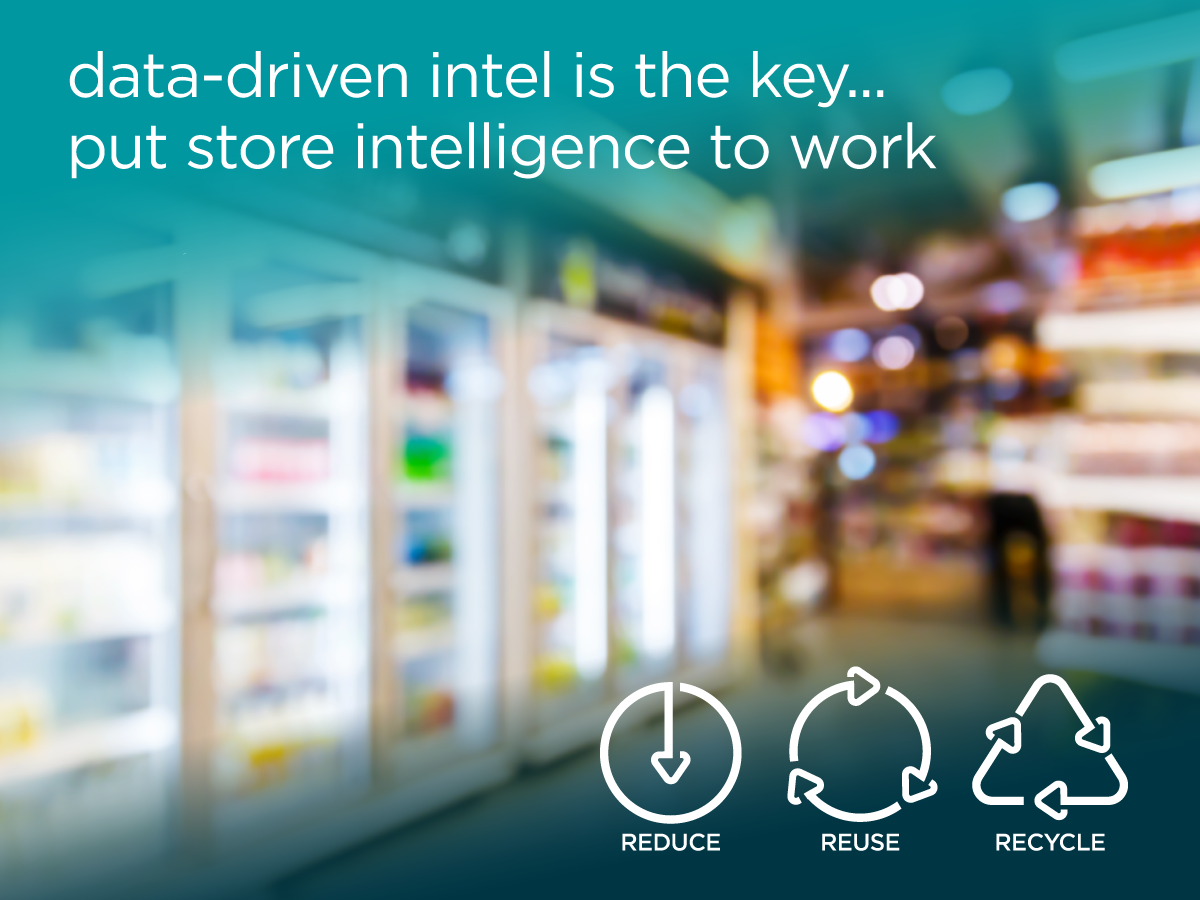
3 Ways AccuStore Helps with Sustainability
April 18, 2024
‹ KNOW YOUR STORES BLOG 3 Ways AccuStore Helps with Sustainability April 18, 2024 by Paul Sotrop – Data-driven intel is the key to helping today’s retailers reduce their carbon
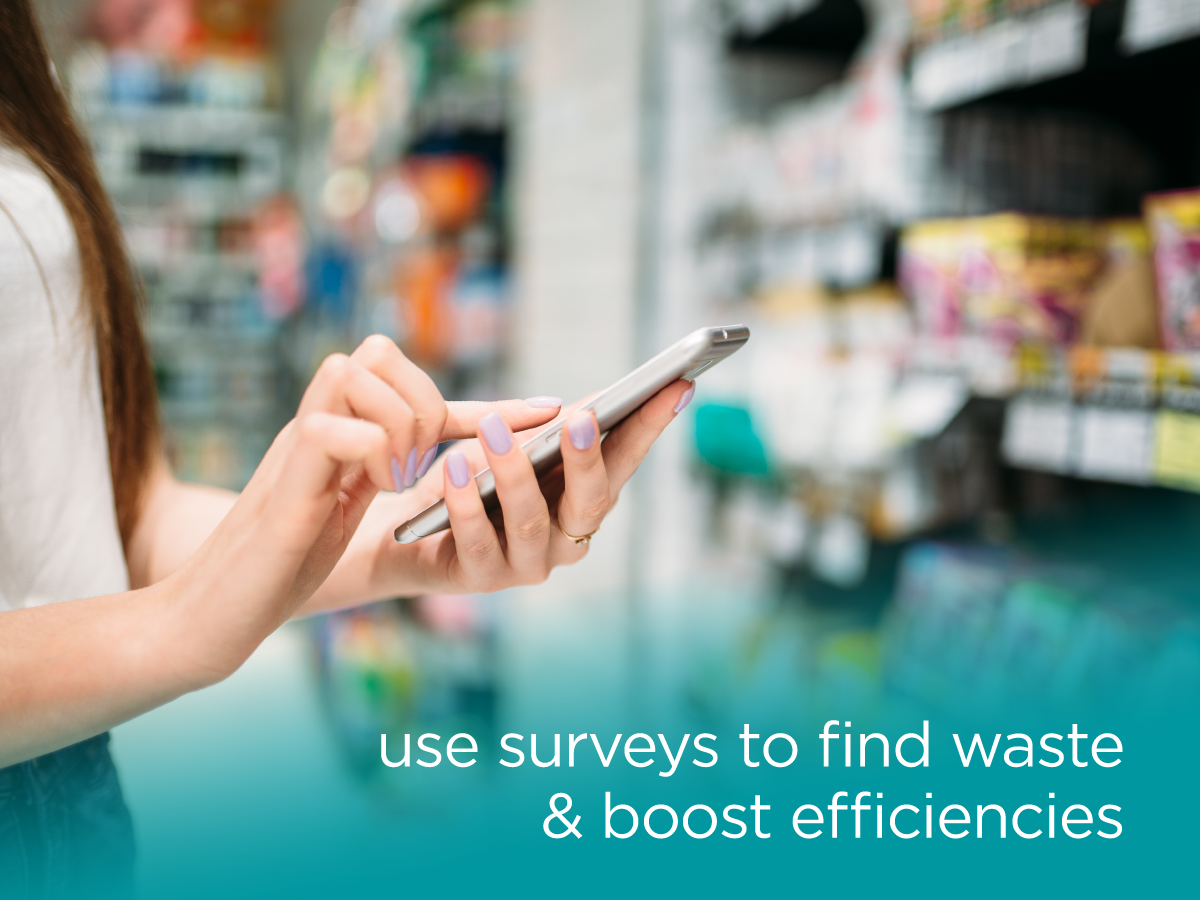
4 Ways Surveys Find Waste and Boost Efficiencies
March 20, 2024
Accurate profiles ensure that you purchase the exact equipment, fixtures, and marketing materials. This efficiency reduces wasteful overages and unnecessary spending.
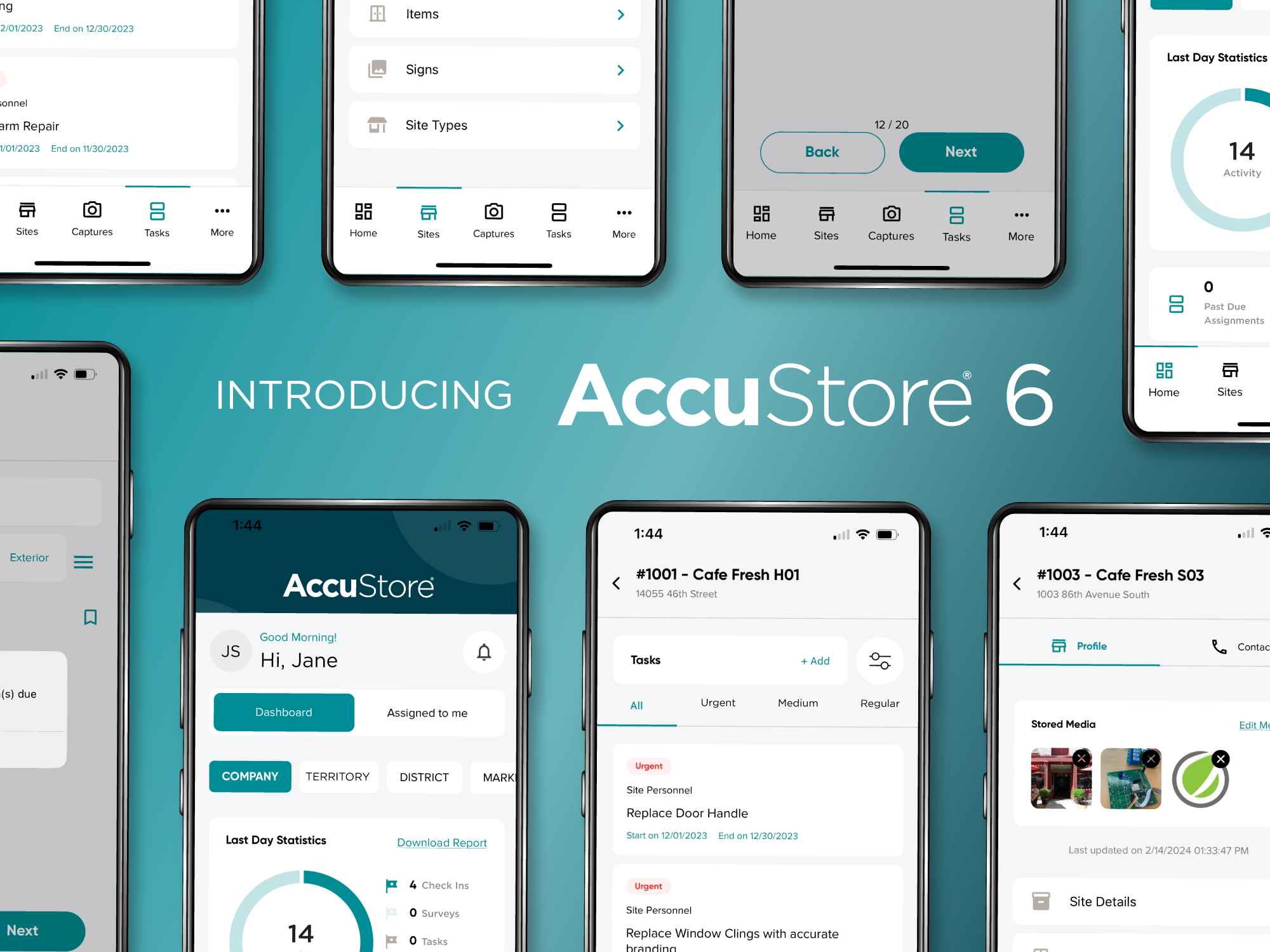
AccuStore 6 Now Ready for Retailers With New User Interface
February 22, 2024
AccuStore 6 is here with an new user interface, efficient POP check-ins, seamless surveys, audits & tasks, and more. Download it in the app store or on Google Play.
